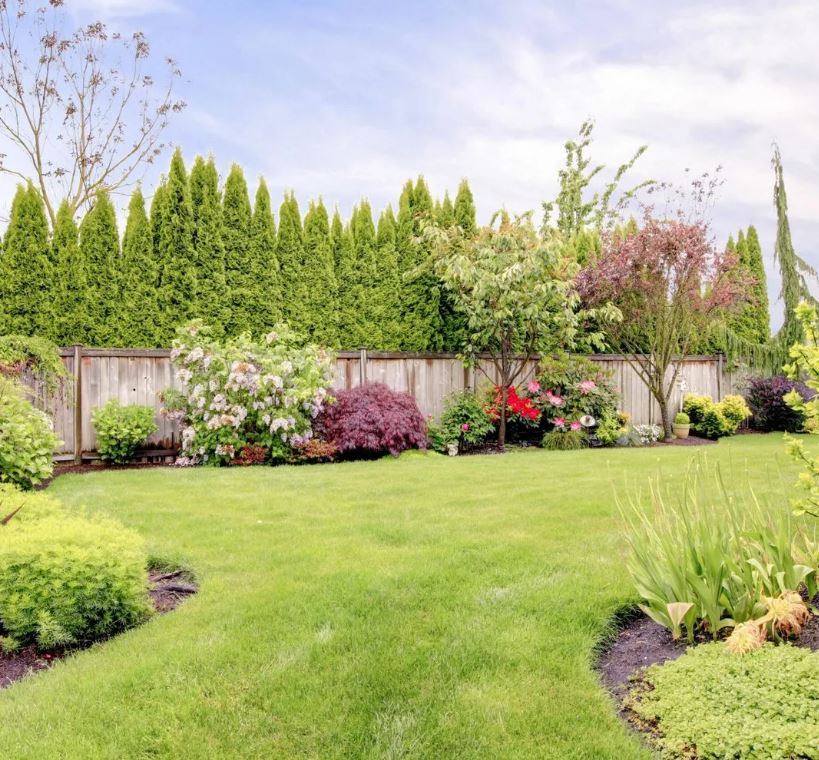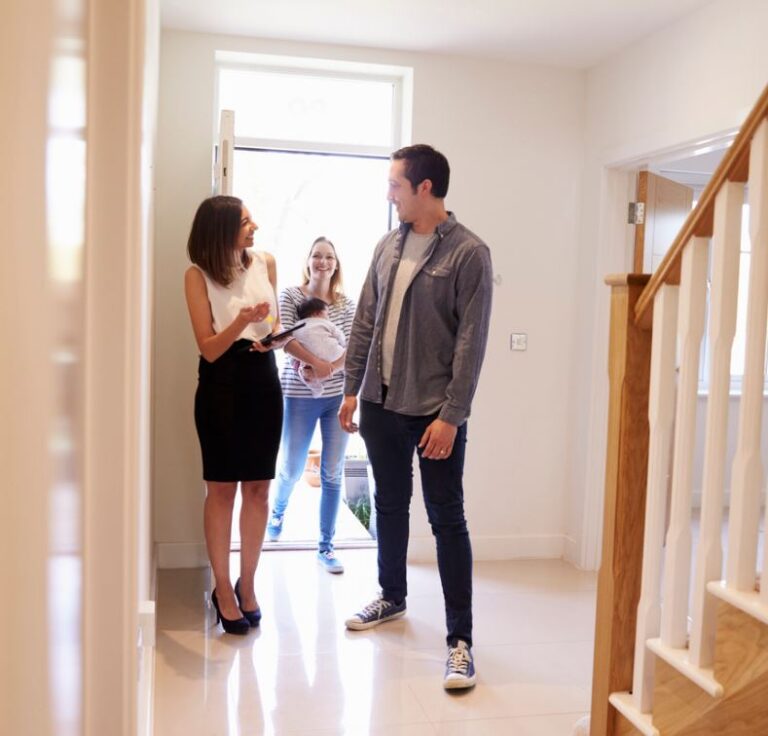Make Your Landscaping Stand Out by Using Color
A vibrant, colorful landscape can transform your outdoor space from ordinary to extraordinary. Whether you have a sprawling garden or a cozy backyard, strategic use of color can create visual interest, set the mood, and even make your property the envy of the neighborhood.
But how do you use color effectively in landscaping? Let’s dive into some creative ways to make your yard pop with hues that captivate and inspire.
[ruby_related heading=”More Read” total=3 layout=1 offset=5]
1. Understand the Power of Color Psychology
Colors evoke emotions, and your landscape can set the tone for your outdoor experience:
- Reds & Oranges – Energizing and bold, perfect for creating focal points.
- Blues & Purples – Calming and serene, ideal for relaxation zones.
- Yellows – Cheerful and welcoming, great for entryways.
- Greens – Natural and refreshing, the backbone of any garden.
Think about the atmosphere you want—do you prefer a lively, dynamic space or a tranquil retreat?
2. Create a Balanced Color Scheme
Just like interior design, landscaping benefits from a well-thought-out color palette. Consider these approaches:
- Monochromatic – Different shades of one color (e.g., various purples) for a harmonious look.
- Complementary – Opposite colors on the color wheel (e.g., purple and yellow) for high contrast.
- Analogous – Neighboring colors (e.g., blue, purple, and pink) for a smooth, blended effect.
A balanced scheme keeps your landscape cohesive rather than chaotic.
3. Use Seasonal Color for Year-Round Appeal
Want your yard to look stunning in every season? Plan for continuous blooms:
- Spring – Tulips, daffodils, and cherry blossoms (pinks, whites, yellows).
- Summer – Roses, hydrangeas, and sunflowers (bold reds, blues, and yellows).
- Fall – Chrysanthemums, marigolds, and ornamental kale (oranges, deep reds, purples).
- Winter – Evergreens, holly berries, and ornamental grasses (greens, reds, and whites).
Layering plants with different bloom times ensures your landscape never looks dull.
4. Incorporate Hardscaping for Pops of Color
Flowers aren’t the only way to add color—hardscaping elements can enhance your palette:
- Painted fences or walls (soft blues, warm terracottas).
- Colorful pavers or gravel (deep burgundy, slate gray).
- Bright outdoor furniture or decor (teal chairs, red cushions).
These permanent or semi-permanent features anchor your design while allowing flexibility with plant choices.
5. Play with Foliage for Texture & Depth
Don’t underestimate the power of leaves! Plants with colorful foliage add interest even when they’re not in bloom:
- Purple – Heuchera, Japanese maple.
- Silver/Gray – Dusty miller, lavender.
- Variegated – Hostas, caladiums.
Mixing different leaf shapes and colors creates a lush, layered effect.
6. Use Lighting to Enhance Colors at Night
Strategic outdoor lighting can make your landscape glow after sunset:
- Warm white lights – Highlight flower beds and pathways.
- Colored LED spotlights – Add drama to trees or water features.
- Solar-powered lanterns – Create a soft, inviting ambiance.
Your garden doesn’t have to disappear when the sun goes down!
7. Experiment & Have Fun!
Landscaping is an art—don’t be afraid to try bold combinations or switch things up each season. Take inspiration from nature, visit local gardens, and see what color schemes speak to you.
Final Thought:
Your outdoor space should reflect your personality and bring you joy. By thoughtfully incorporating color, you can create a landscape that’s not just beautiful but uniquely yours.





